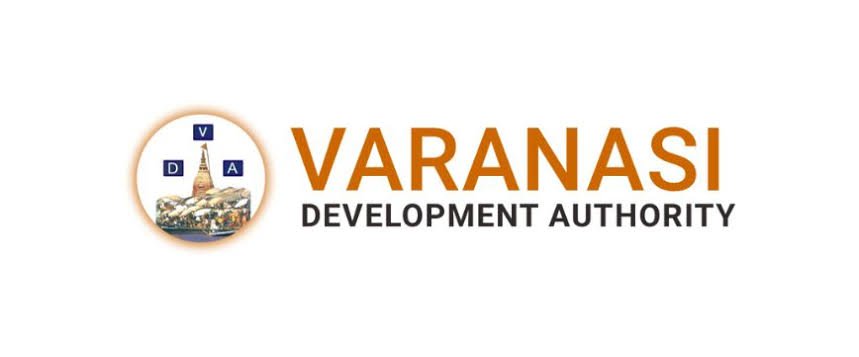The Varanasi Development Authority (VDA) has declared plans to lower the High Flood Level (HFL) limits that have been in effect since 1978 in a historic ruling. Many areas near the Ganges and Varuna rivers, where HFL regulations have severely limited development and repair activities, are expected to benefit from this action. This article explores the background, ramifications, and advantages of this choice, offering a thorough examination of its effects on the local population and the growth of the area.
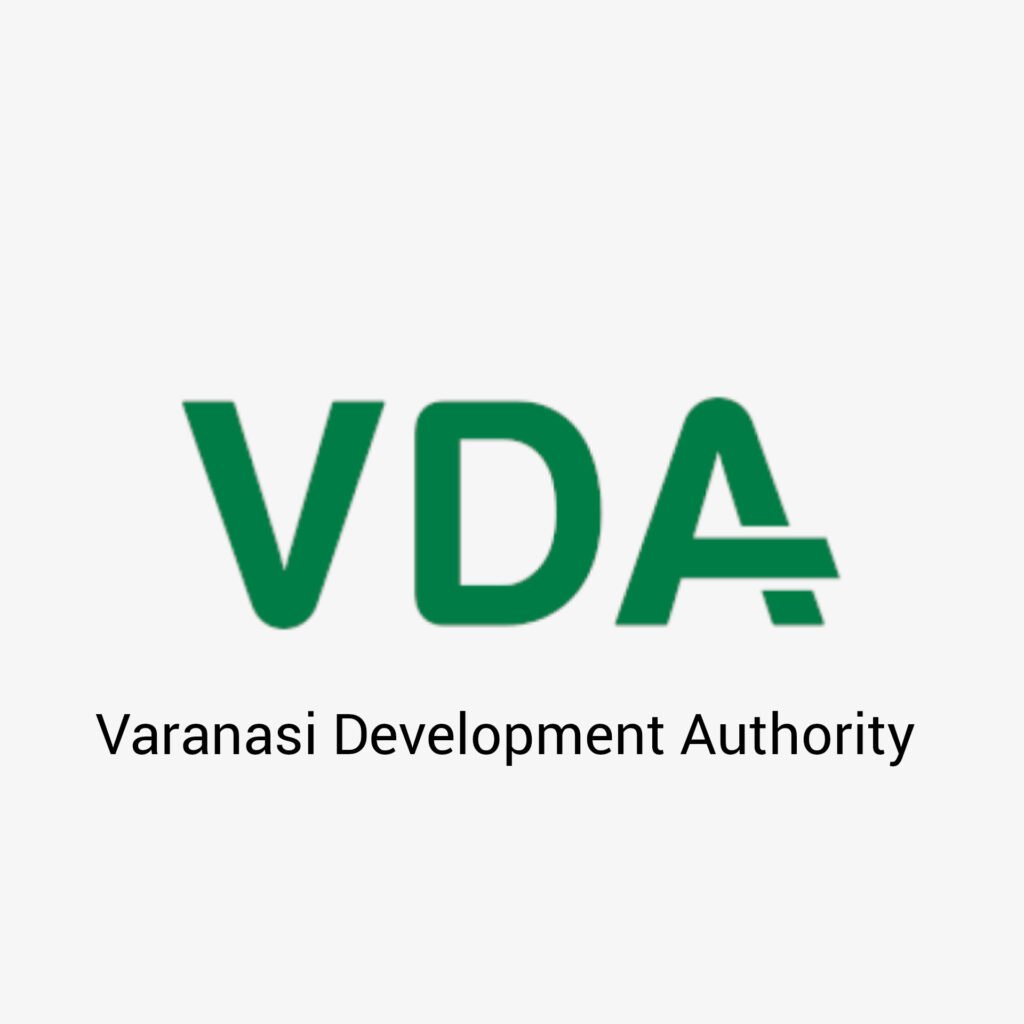
Recognizing Varanasi’s High Flood Level (HFL) Regulations
Following the devastating floods of 1978, Varanasi was the first place where High Flood Level (HFL) regulations were put into place. These rules were created to pinpoint flood-prone areas and limit building and development in order to lessen damage during such occurrences. The Varanasi Development Authority was instrumental in putting these policies into action. Identified flood-prone areas and enforced stringent regulations to guarantee public safety and environmental preservation by hiring a Surat-based organization to prepare a report.
Important Limitations Under HFL Rules
- Construction Prohibition: HFL zones have a strict ban on new construction, which restricts the expansion of infrastructure.
- Repair Restrictions: Prior authorization is required for repairs to buildings that are damaged or in poor condition.
- Development Obstacles: The requirement for numerous approvals from the VDA and other regulatory agencies causes delays in urban development projects.
Modifications to the Environment and Geography
The geographic and environmental conditions of these areas have changed significantly over the last fifty years. Vice Chairman Pulkit Garg claims that flooding is no longer a problem in many areas that were once part of the HFL zone. The risk of flooding in these areas has also decreased with the installation of contemporary flood control equipment, such as flapper gates.

VDA’s Function in Reviewing HFL Limits
In Varanasi, the VDA has taken the lead in urban planning and development. Started a thorough review to redraw the HFL boundaries after realizing they were out of date. This choice is a component of a broader initiative to strike a balance between the demands of development, environmental preservation, and disaster readiness.
Justification for the Action
The original HFL zones were based on flood levels from 1978, which are out of date with regard to the hydrological reality of today. Many of these areas have not seen flooding in decades, according to the VDA.
Urban Expansion: Varanasi’s urban areas have grown considerably, requiring a reassessment of areas that are vulnerable to flooding in order to accommodate the expansion.
Decreased Flood Risk: The Ramnagar area’s risk of flooding has been considerably reduced since six flapper gates were installed. The Irrigation Department’s cooperation has been crucial to these initiatives.
Important Actions the VDA Took
To guarantee that this decision is implemented successfully, following actions has been taken:
- Reports and Surveys: To determine areas where HFL boundaries could be changed and to evaluate the present flood risk, the VDA carried out thorough surveys.
- NGT Correspondence In order to obtain permission to reduce HFL zones, the VDA has started a correspondence with the National Green Tribunal (NGT). To guarantee adherence to environmental regulations, this step is essential.
- Investments in Infrastructure: The VDA set aside ₹52 lakh to build flapper gates and other flood control facilities in the Ramnagar region.
In order to address concerns and obtain input on the suggested modifications, the VDA held stakeholder consultations with local companies, citizens, and environmental specialists.
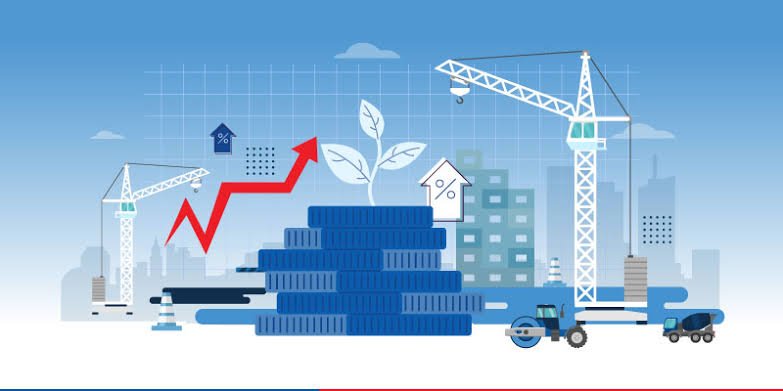
Expected Benefit Areas
Numerous villages and neighborhoods will benefit from the lowering of HFL limits, including:
Dashashwamedh, Chowk, Godowlia, Jangambari, Madanpura, Pandey Haveli, Sonarpura, Shivala, and Assi are examples of urban areas.
Peripheral Regions: Luxa, Kamachha, Ramapura, Ravindrapuri, and surrounding areas.
Villages: Katesar, Sahupuri, and the environs.
The removal of HFL restrictions will make it easier to build new homes, repair existing ones, and develop infrastructure, which will significantly improve the quality of life for residents in these areas.
Advantages for Local Citizens

- Ease of Repairs: In order to save time and effort, homeowners in the impacted areas will no longer require VDA approval for repairs.
- Property Value: Because there are fewer restrictions, land and property values in these areas are probably going to increase.
- Improved Living Standards: Residents’ quality of life will be improved as a result of the removal of HFL restrictions, which will open the door for improved amenities and infrastructure.
Impact on the Economy and Business
The local economy is anticipated to benefit from the VDA’s decision. The VDA is giving companies the chance to set up shop in these areas by releasing land for development. Important advantages include:
- Boost to Tourism: Better facilities and infrastructure will draw more visitors to famous sites like Dashashwamedh Ghat and Assi Ghat.
- Commercial Growth: Companies will find it simpler to operate in these areas, which will boost the economy and create jobs.
Obstacles the VDA Faces
Although many people have applauded the decision to lower HFL limits, the VDA will face a number of obstacles in putting this policy into effect:
Environmental Issues
Reduced HFL boundaries may encourage construction in sensitive floodplain areas, according to environmentalists.
Strict monitoring procedures must be put in place by the VDA in order to guarantee sustainable development and stop the encroachment of vital ecosystems.

Administrative Difficulties
Approval Delays: The decision’s implementation may be delayed by coordination with the NGT and other regulatory agencies.
Policy Alignment: The initiative’s success depends on ensuring alignment with both state and federal policies.
Awareness of the Public
The VDA must start public awareness campaigns to inform stakeholders and locals about the changes and their ramifications in order to guarantee the decision’s seamless implementation.
The Historical Background of the Floods in 1978
The floods of 1978 are a sobering reminder of the unpredictable nature of nature and the necessity of efficient disaster management. Unprecedentedly high water levels flooded vital areas and caused extensive destruction. The creation of HFL zones resulted from the floods’ emphasis on the necessity of strong flood control measures.
Takeaways
Importance of Preparedness: The floods brought to light the significance of infrastructure resilience and disaster preparedness.
The proactive actions taken by the VDA in response to the floods established a standard for disaster management and urban planning.
VDA’s Contribution to Varanasi’s Growth
Varanasi’s urban landscape has been significantly shaped by the VDA. The VDA has been essential to the development of the city, managing everything from HFL regulations to infrastructure projects. Important projects consist of:
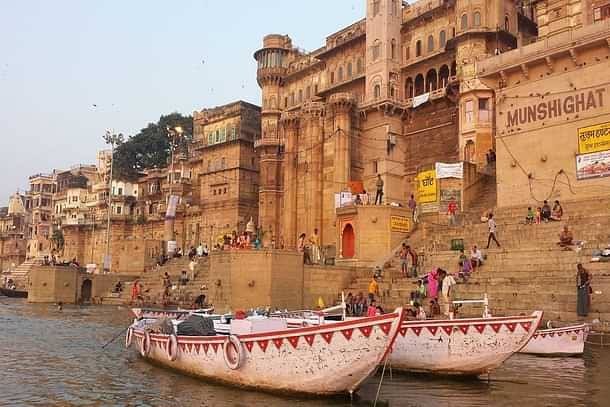
- Urban Planning: To meet the city’s expanding needs while protecting its cultural legacy, the VDA has created extensive plans.
- Infrastructure Projects: To enhance Varanasi’s public amenities, housing, and transit, the VDA has worked on a number of projects.
- Environmental Conservation: To safeguard the Ganges and the ecosystems around it, the VDA has put policies in place.
The Path Ahead
An important turning point in Varanasi’s development has been reached with the VDA’s decision to lower HFL boundaries. However, successful implementation and oversight are essential to its success. Important actions consist of:
- Enhanced Coordination To guarantee a seamless transition, the VDA needs to collaborate closely with the NGT, state officials, and local stakeholders.
- Infrastructure Investments: It will be essential to expedite the building of flood management infrastructure in recently accessible areas.
- Public Engagement: To address concerns and get input on the changes, the VDA should interact with local businesses and residents.
- Sustainable Development: To strike a balance between environmental preservation and development, it will be crucial to set up explicit rules and oversight procedures.
Wrap-up
By lowering HFL boundaries, the Varanasi Development Authority (VDA) has bravely tackled a persistent issue that has impeded regional development. The VDA has balanced progress and safety by allowing land for urban growth while preserving flood preparedness.
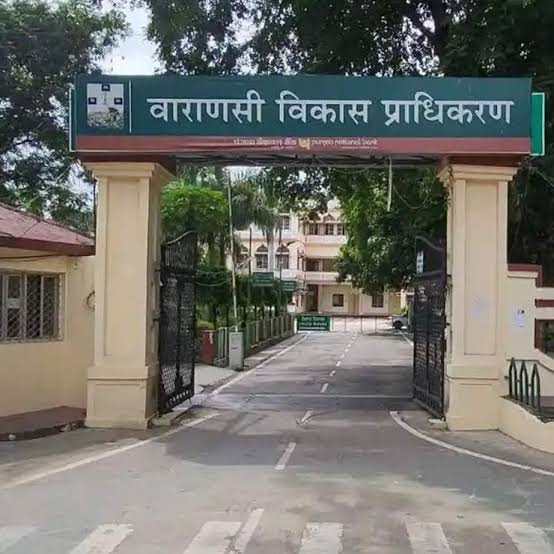
In addition to helping locals and businesses, this choice establishes Varanasi as a leader in sustainable urban planning. Varanasi is well-positioned to seize new chances and realize its full potential as a center of culture, business, and tourism as long as the VDA continues to spearhead the city’s development initiatives.

